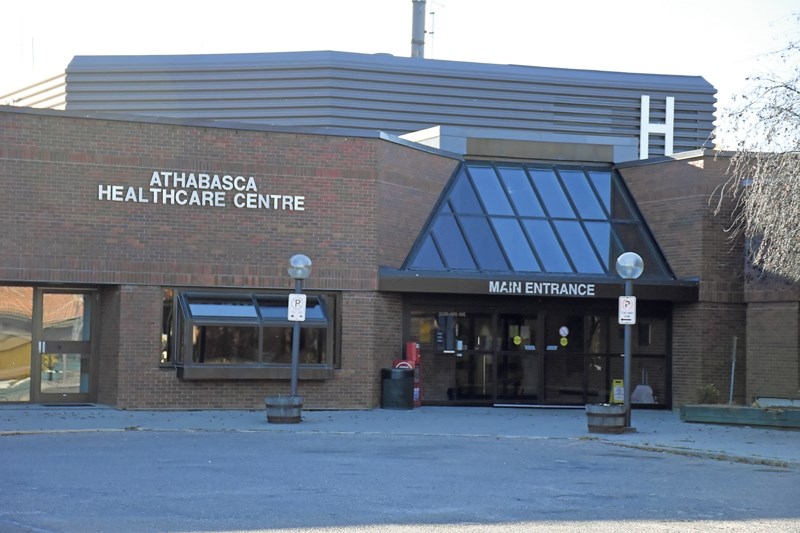ATHABASCA – It’s no secret that volunteers are at the core of many rural communities — whether you’re in Athabasca, Grassland, Boyle, or Rochester, community events tend to be run by the same people, who are often retired and looking to give back.
Healthcare Auxiliaries are another form of that same volunteerism. The Athabasca and Boyle Healthcare Centres both have groups that run gift shops, fundraise to purchase needed medical equipment and provide grants and bursaries to local students who want to pursue a career in healthcare.
Like many other volunteer clubs however, these groups are also facing the reality of an aging core.
“The volunteer base never seems to be getting younger. We’re depending on people who are typically retired,” said Heather Wallach, president of the Athabasca Healthcare Centre Auxiliary Association (AHCAA). “Volunteerism is struggling across the board … it looks like a senior citizens reunion when we go to a meeting elsewhere. I don’t know why, I don’t know if it’s a change in perception, it’s hard to say.”
The AHCAA has been impacted by its aging volunteer base as well; prior to COVID-19, the group held bake sales, a Spring Tea, and other small events, which have fallen off since the pandemic. The auxiliary still holds its Christmas party for long-term care residents, but a recent one was cancelled for fear of spreading illness. Now, other than the hospital gift shop and a casino every 18 months, Wallach said fundraising has been limited.
“It’s health, you never know. We had planned a big Christmas party for the seniors and it turns out a lot of the kids were sick, so we had to cancel at the very last minute,” she said. “As for the bake sale, all us old gals are too tired of baking, we don’t want to bake anymore and we’re the ones doing it,” Wallach added with a laugh.
Despite the challenges, AHCAA has still been able to leave its mark on the hospital. Between its 26 current members, the auxiliary is able to provide over 4,700 hours of volunteer work a year: an average of 90 hours a week.
A noticeable impact
Since 1985, AHCAA has contributed $1.2 million to the facility, including a ventilator, an ultrasound system, heart monitors, wheelchairs, and much more.
“Everything we bring in goes back into the hospital, the long-term care, or any departments in the hospital that require equipment,” said Wallach. “Right now, a lady in rehabilitation just put in a request, and there’s another request for the kitchen for an oven.
“They have to heat up the food, it’s all made offsite, but they need to be able to heat things up.”
In addition to equipment purchases, the AHCAA provides a $1,000 grant to a graduating student at Edwin Parr Composite School if they plan on attending a post-secondary school for study in the medical field, and a $2,000 nursing grant for any local resident pursuing a career as a registered nurse or a licensed practical nurse.
Wallach said for many of the volunteers, it is about service to the community. While the auxiliary has one member who used to work in healthcare, it’s rare to have more than one such member at any given time.
“Ultimately that’s what it is, we’ve got community members using the hospital and that’s how we give back to the community. I think that’s true for every one of us,” said Wallach. “We just push the money here or there, it’s the community at large, and even people beyond the community who donate it all.”



